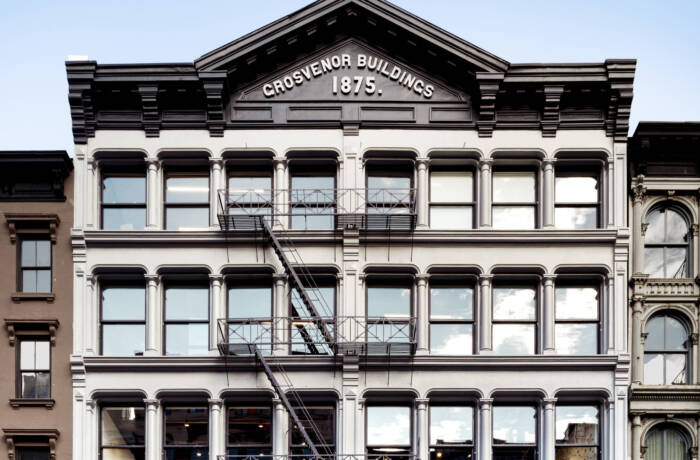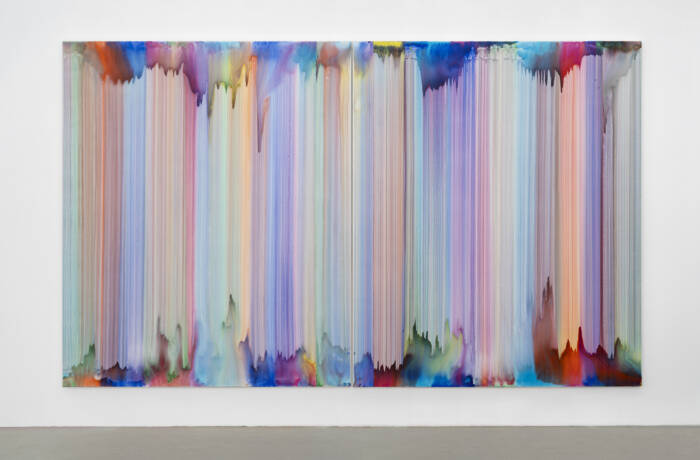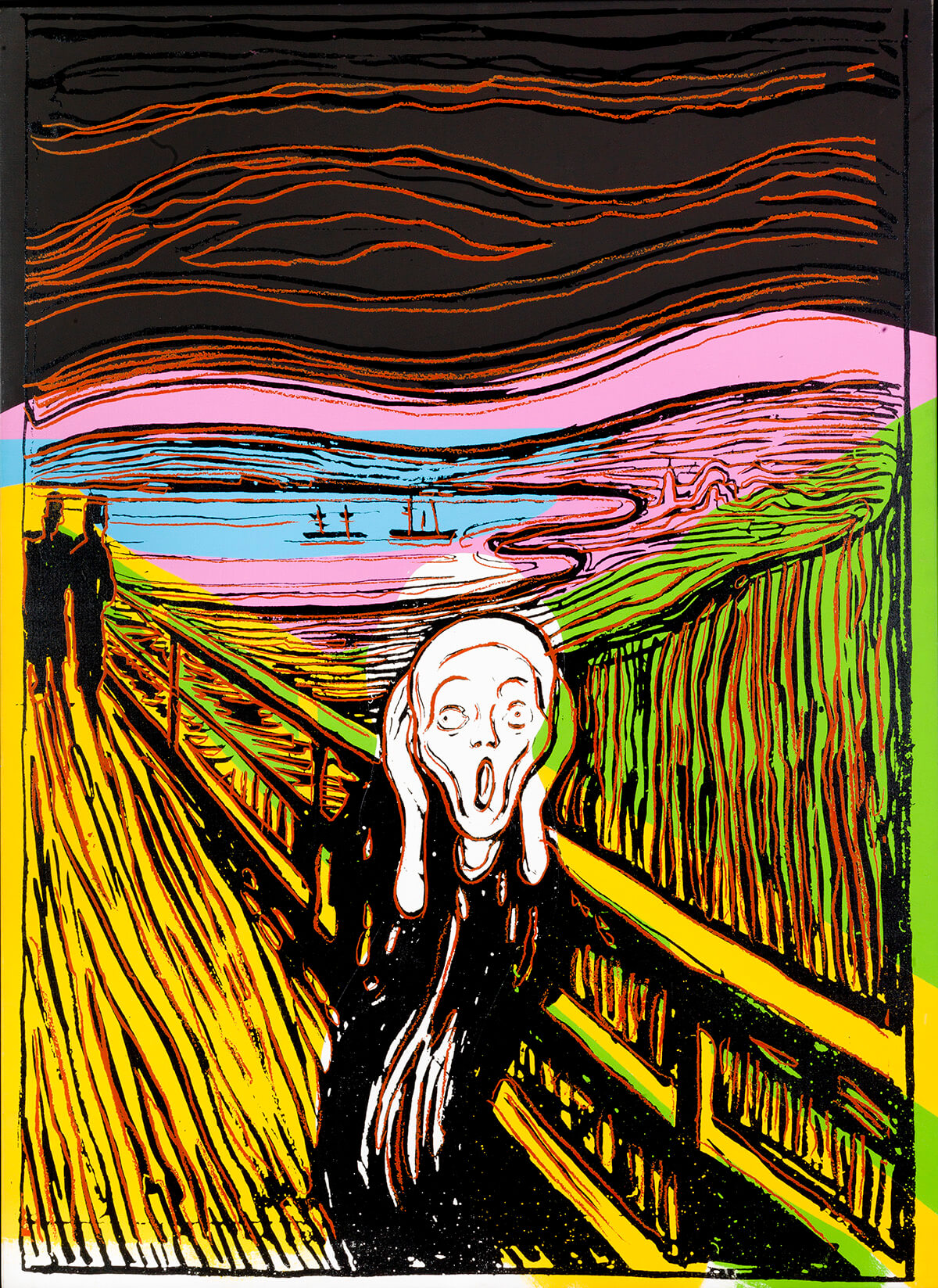
Andy Warhol, The Scream (After Munch), 1984 © The Andy Warhol Foundation for the Visual Arts Photo Sparebankstiftelsen DNB
Andy Warhol first became properly interested in Edvard Munch on a visit to Oslo in 1971, where he spent time at the National Gallery and the Munch Museum. He was said to be a great admirer of Munch’s prints, far more so, in fact, than of his paintings. The Norwegian master was not only a prolific printmaker, but also technologically innovative; he enjoyed experimenting with textures and colours, which naturally resonated with Warhol as a leading figure in the Pop Art movement.
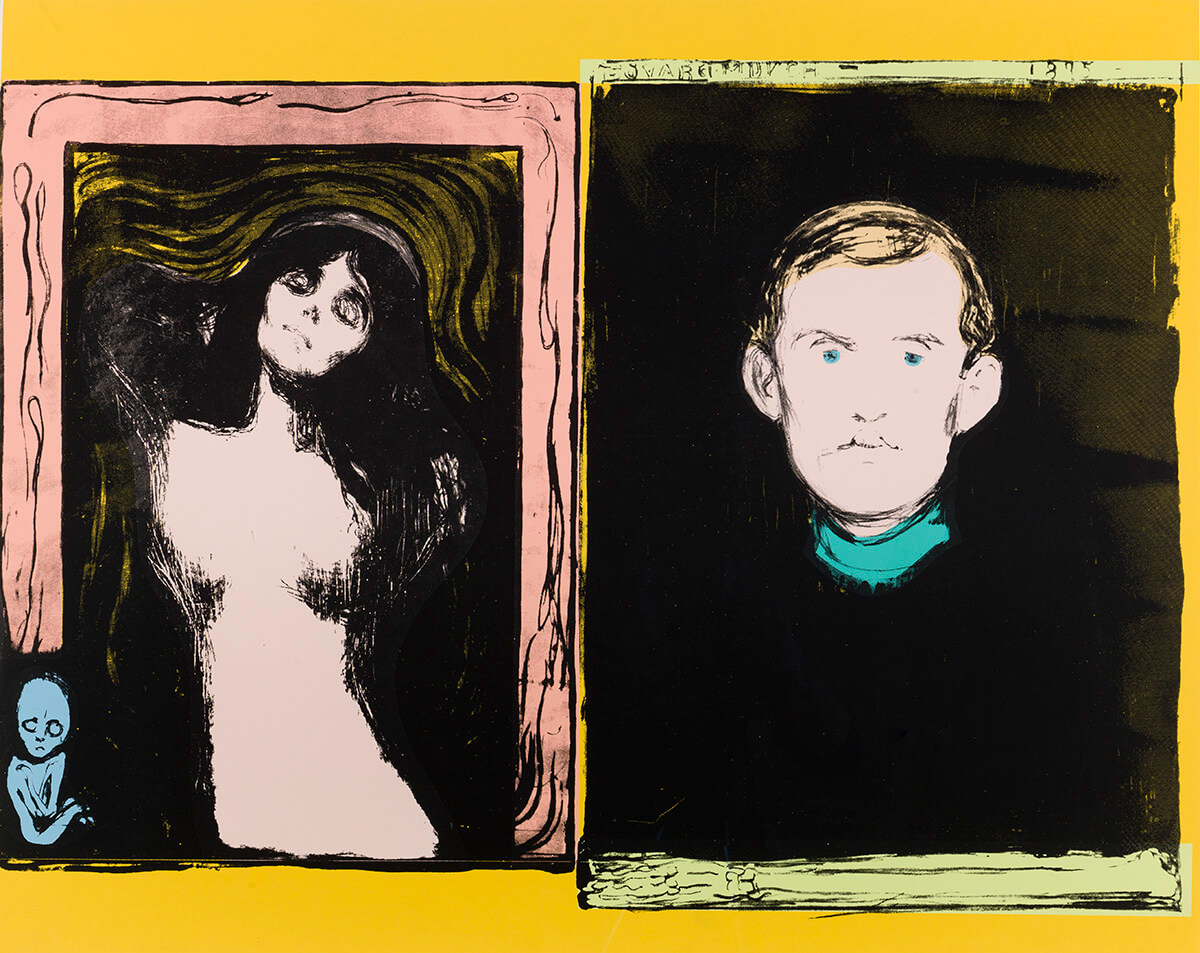
Madonna and Self-Portrait with Skeleton Arm (After Munch), Andy Warhol, 1984. © Haugar Vestfold Kunstmuseum
Follow LUX on Instagram: the.official.lux.magazine
Between 1938 and 1984, Warhol produced a series of 15 prints, known as After Munch, featuring some of Munch’s most renowned motifs. Like most of Warhol’s best-known works, these prints transform the meaning of the original image to lend a new and intriguing perspective.
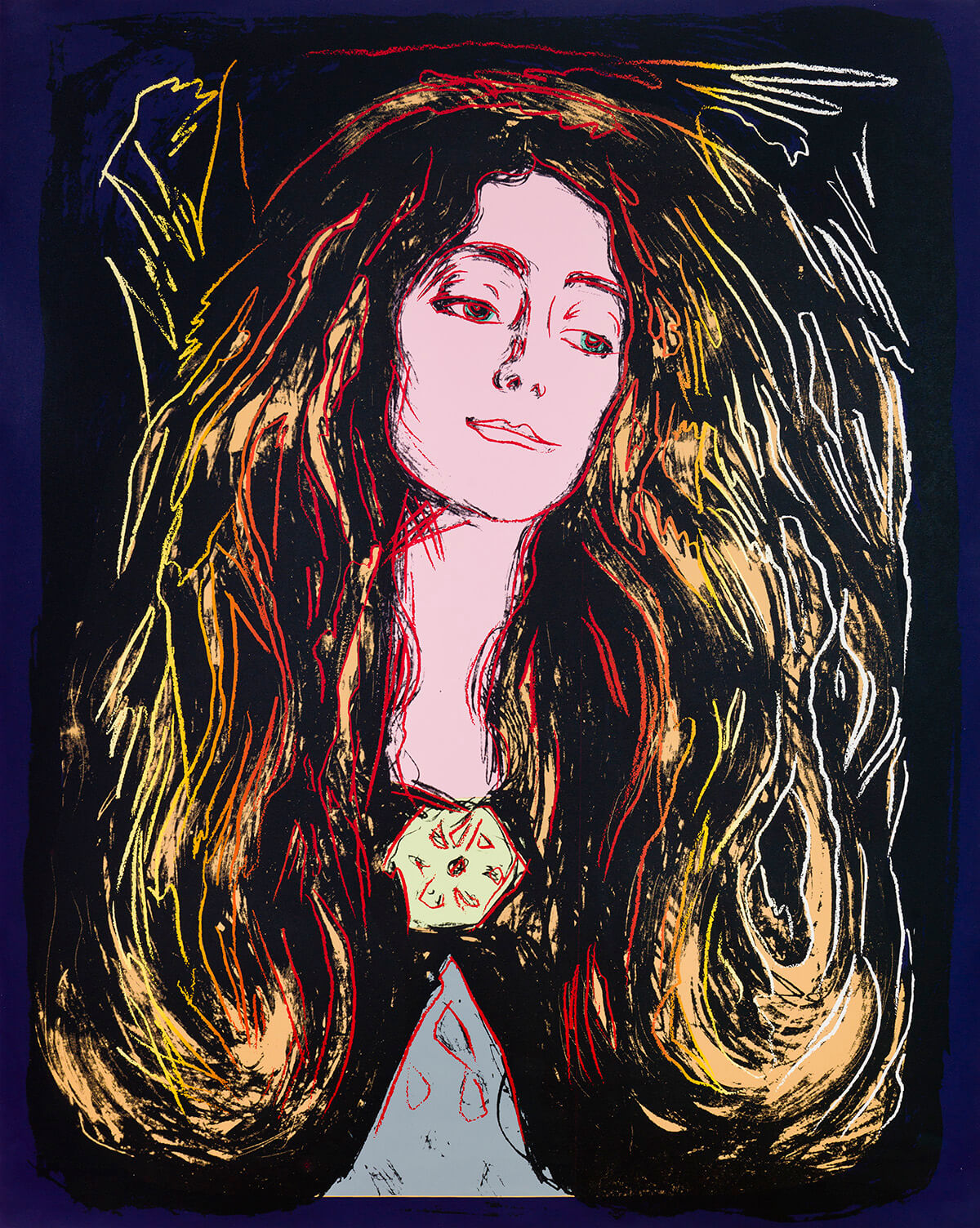
Eva Mudocci (After Munch), Andy Warhol, 1984. © Haugar Vestfold Kunstmuseum
Read more: Why The Thief is Oslo’s coolest hotel
The most striking example of this – and the stand out piece on display in the Munch Museum – is Warhol’s interpretation of the The Scream. One of the most iconic artworks of the 20th century, if not of all time, Warhol’s reproduction of the The Scream using different colour variations and stencils gives the work a completely different mood, thus encouraging the viewer to more deeply consider the artistic process.
‘Andy Warhol – After Munch’ runs until the 26th August at the Munch Museum, Oslo. For opening times visit: munchmuseet.no/en/exhibitions/andy-warhol-after-munch
Millie Walton


